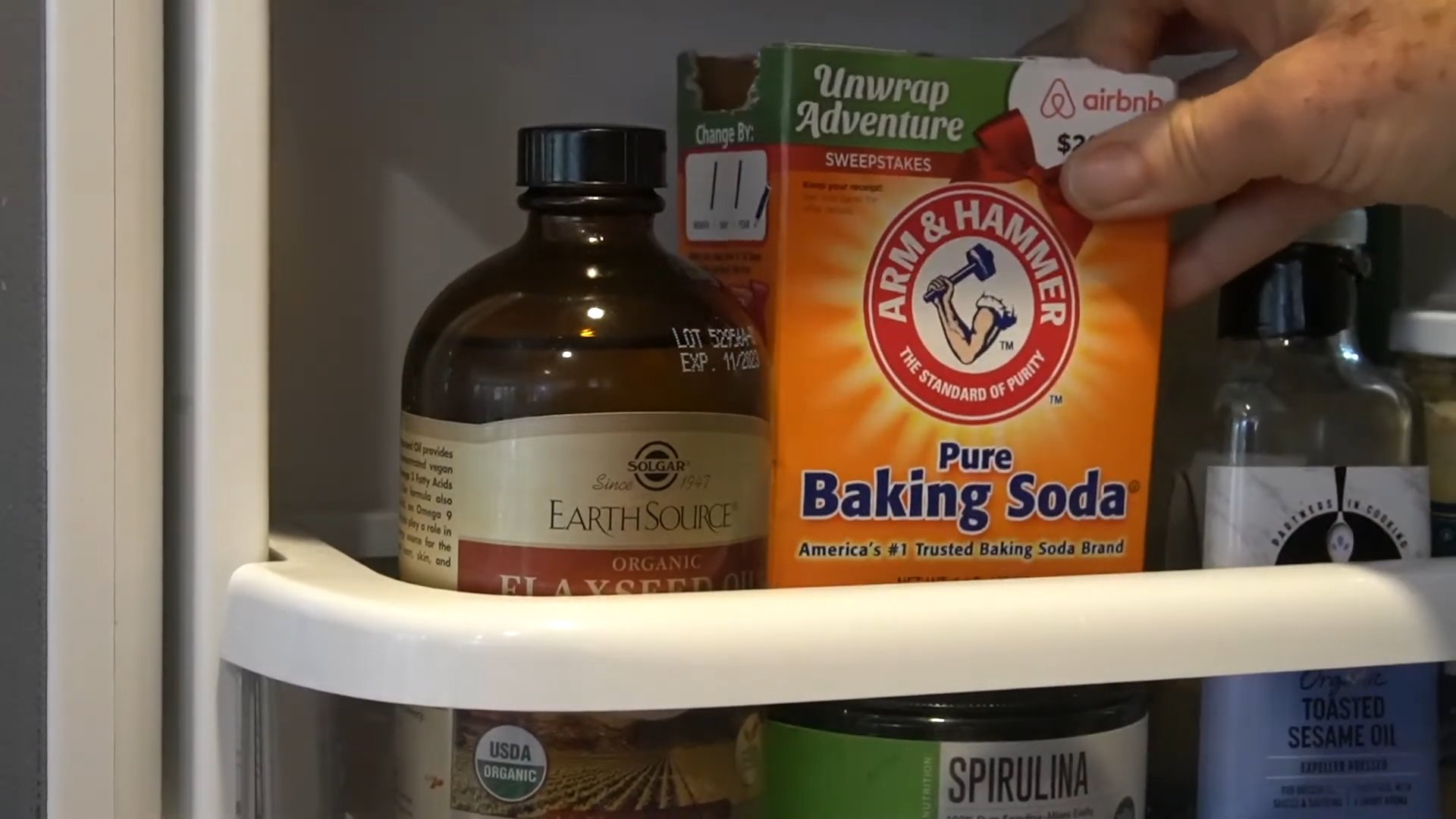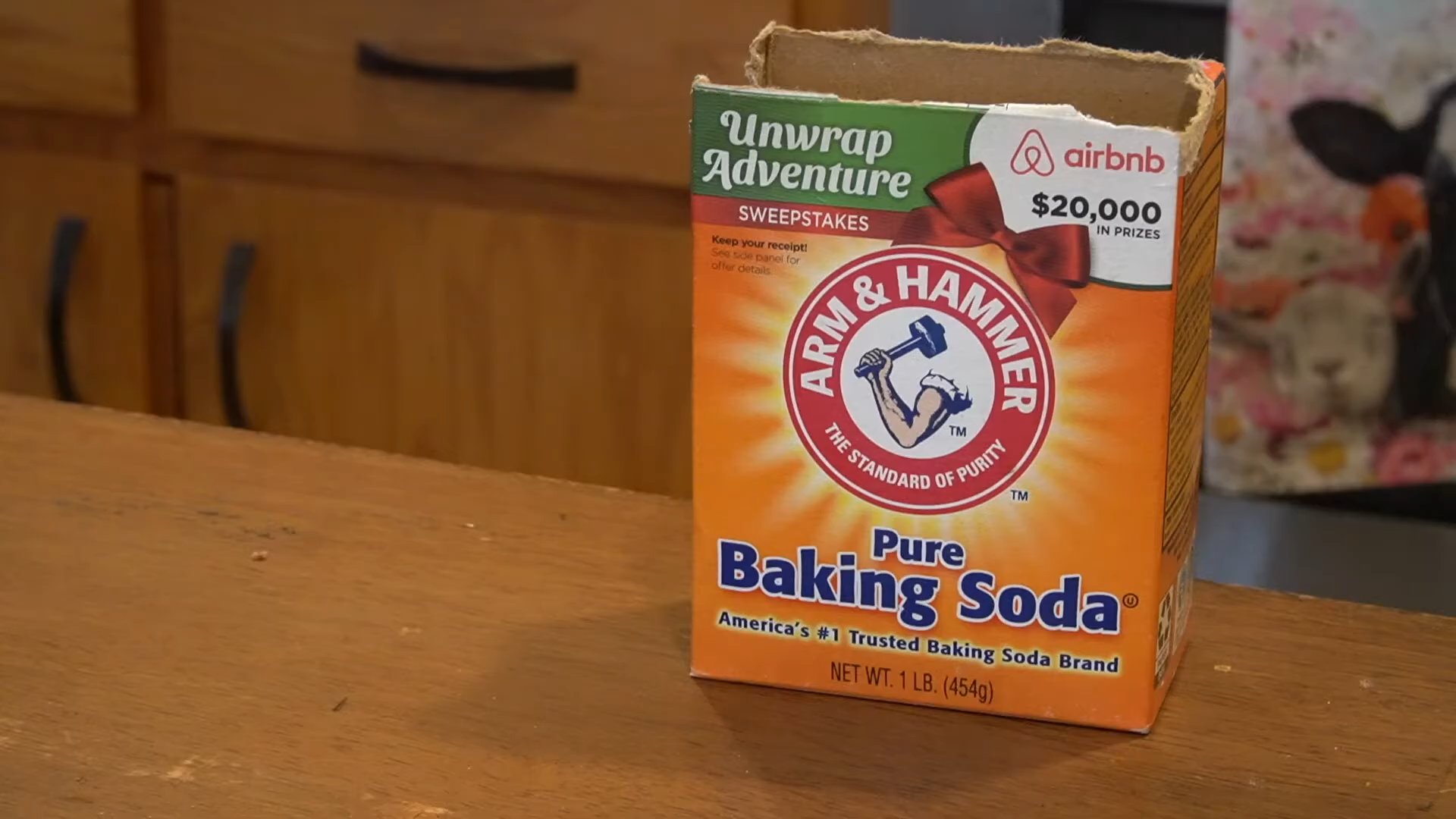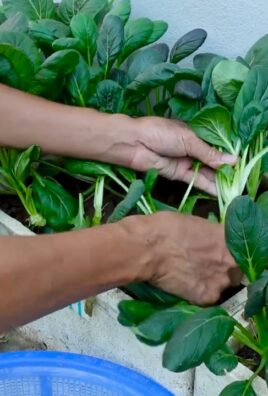Carrot Planting at Home doesn’t have to be a daunting task! Imagine biting into a crisp, sweet carrot you’ve nurtured from seed to harvest, right in your own backyard. Sounds rewarding, doesn’t it? For centuries, cultivating our own food has been a cornerstone of self-sufficiency and a connection to the earth. From ancient civilizations tending their gardens to modern-day urban farmers, the desire to grow our own produce remains strong.
But let’s be honest, sometimes the idea of starting a garden can feel overwhelming. Where do you even begin? That’s where these simple, yet effective, DIY tricks and hacks come in. I’m here to show you that carrot planting at home can be surprisingly easy and incredibly satisfying, even if you’re a complete beginner.
In this article, I’ll share my favorite tips and tricks for successful carrot cultivation, from choosing the right variety to protecting your precious crop from pests. You’ll discover how to maximize your yield, even in small spaces, and learn how to avoid common mistakes that can derail your gardening dreams. So, grab your gardening gloves, and let’s get started on your journey to homegrown carrot goodness!

Growing Carrots at Home: A Beginner’s Guide
Hey there, fellow gardening enthusiasts! Ever dreamt of pulling fresh, vibrant carrots straight from your own backyard? Well, dream no more! Growing carrots at home is surprisingly easy and rewarding, even if you’re a complete newbie. I’m going to walk you through every step, from choosing the right seeds to harvesting your crunchy bounty. Let’s get our hands dirty!
Choosing the Right Carrot Variety
Before we even think about planting, we need to pick the perfect carrot variety for our garden. Not all carrots are created equal! Consider these factors:
* Growing Season Length: How long is your growing season? Some carrots mature faster than others. Shorter varieties like ‘Thumbelina’ or ‘Little Finger’ are great for shorter seasons. ‘Nantes’ types are also relatively quick.
* Soil Type: Carrots need loose, well-drained soil. If your soil is heavy clay, shorter, rounder varieties like ‘Parisian’ or ‘Thumbelina’ will be easier to grow. Longer, thinner varieties like ‘Imperator’ need deeply worked, loose soil to develop properly.
* Personal Preference: Do you prefer sweet carrots, crunchy carrots, or carrots with a specific color? ‘Rainbow’ blends offer a fun mix of colors, while ‘Danvers’ are known for their classic carrot flavor.
I personally love ‘Nantes’ carrots because they’re sweet, crisp, and relatively easy to grow. But feel free to experiment and find your own favorite!
Preparing the Soil: The Key to Carrot Success
This is arguably the most important step. Carrots need loose, well-drained soil to grow long and straight. Rocks, clumps of clay, or compacted soil will cause them to fork, split, or become stunted.
* Clear the Area: Remove any rocks, weeds, or debris from the planting area.
* Loosen the Soil: Dig down at least 12 inches (30 cm) and loosen the soil thoroughly. A garden fork or tiller can be helpful for this.
* Amend the Soil: Add plenty of organic matter, such as compost, well-rotted manure, or peat moss. This will improve drainage, aeration, and fertility. I usually add a generous layer of compost and work it in well.
* Remove Clumps: Break up any large clumps of soil. A rake can be used to create a smooth, even surface.
* Avoid Fresh Manure: Fresh manure can cause carrots to fork and become hairy. Use well-rotted manure or compost instead.
* Consider Raised Beds: If you have heavy clay soil, consider growing carrots in raised beds filled with a well-draining soil mix. This gives you more control over the soil conditions.
Planting Carrot Seeds: Getting Started
Carrot seeds are tiny, so planting them can be a bit tricky. But don’t worry, I’ve got some tips to make it easier.
1. Timing is Everything: Carrots are a cool-season crop, so plant them in early spring or late summer for a fall harvest. Check your local frost dates to determine the best planting time for your area. I usually plant my spring carrots about 2-3 weeks before the last expected frost. For a fall harvest, plant about 10-12 weeks before the first expected frost.
2. Create Shallow Furrows: Use a hoe or your finger to create shallow furrows about 1/4 to 1/2 inch (0.6 to 1.2 cm) deep and 1-2 inches (2.5-5 cm) apart.
3. Sow the Seeds: Sprinkle the carrot seeds thinly along the furrows. Carrot seeds are notoriously small, so it’s easy to sow them too thickly. Try to space them about 1/2 inch (1.2 cm) apart. I find it helpful to mix the seeds with sand to make them easier to handle.
4. Cover the Seeds: Gently cover the seeds with a thin layer of soil.
5. Water Gently: Water the area gently with a watering can or hose with a gentle spray nozzle. Avoid washing away the seeds.
6. Keep the Soil Moist: Keep the soil consistently moist until the seeds germinate. This is crucial for successful germination. I often cover the area with burlap or shade cloth to help retain moisture.
7. Mark the Rows: Label the rows with the carrot variety and planting date. This will help you keep track of your plantings.
Thinning Seedlings: Giving Carrots Room to Grow
This is a crucial step that many beginners overlook. If you don’t thin your carrot seedlings, they’ll compete for resources and won’t develop properly.
1. When to Thin: Thin the seedlings when they are about 2-3 inches (5-7.5 cm) tall.
2. How to Thin: Carefully pull out the weaker seedlings, leaving the strongest ones spaced about 1-2 inches (2.5-5 cm) apart.
3. Be Gentle: Be careful not to disturb the roots of the remaining seedlings.
4. Successive Thinning: You may need to thin the seedlings again later, as they continue to grow. Aim for a final spacing of about 2-3 inches (5-7.5 cm) between plants.
5. Use Thinnings: Don’t throw away the thinnings! You can eat the tiny carrot greens in salads or use them as a garnish.
Caring for Your Carrot Plants: Watering, Weeding, and Fertilizing
Once your carrot seedlings are established, it’s important to provide them with proper care.
* Watering: Water regularly, especially during dry periods. Carrots need consistent moisture to develop properly. Aim for about 1 inch (2.5 cm) of water per week.
* Weeding: Keep the area free of weeds, which can compete with the carrots for resources. Hand-pull weeds carefully to avoid disturbing the carrot roots.
* Fertilizing: Carrots are not heavy feeders, but they benefit from a light feeding of fertilizer. Use a balanced fertilizer or one that is slightly higher in phosphorus and potassium. Avoid fertilizers that are high in nitrogen, as this can promote leafy growth at the expense of root development. I like to use a liquid seaweed fertilizer diluted according to the package instructions.
* Sunlight: Carrots need at least 6 hours of sunlight per day.
* Mulching: Apply a layer of mulch around the plants to help retain moisture, suppress weeds, and regulate soil temperature. Straw, hay, or wood chips are good choices for mulch.
Dealing with Pests and Diseases
Carrots are generally pest-resistant, but they can be susceptible to certain problems.
* Carrot Rust Fly: This is a common pest that can damage carrot roots. The larvae tunnel into the roots, causing them to become disfigured and unmarketable. Cover your carrot plants with row covers to prevent the flies from laying their eggs.
* Nematodes: These microscopic worms can attack carrot roots, causing them to become stunted and deformed. Improve soil health by adding organic matter and rotating crops.
* Leaf Blight: This fungal disease can cause spots on the leaves. Improve air circulation by spacing plants properly and avoid overhead watering.
* Aster Yellows: This disease is spread by leafhoppers and can cause carrots to become hairy and bitter. Control leafhoppers by using insecticidal soap or neem oil.
I’ve found that good soil health and proper watering are the best defenses against most pests and diseases.
Harvesting Your Carrots: The Moment of Truth
The moment we’ve all been waiting for! Harvesting your own homegrown carrots is incredibly satisfying.
1. When to Harvest: Carrots are typically ready to harvest 60-80 days after planting, depending on the variety. Check the seed packet for specific maturity dates.
2. Signs of Maturity: The tops of the carrots should be visible above the soil surface. You can gently brush away some soil to check the size of the carrots.
3. How to Harvest: Loosen the soil around the carrots with a garden fork or trowel. Gently pull the carrots out of the ground by their tops. If the soil is dry, water the area before harvesting to make it easier to pull the carrots.
4. Handle with Care: Be careful not to break the carrots when pulling them out of the ground.
5. Wash and Store: Wash the carrots thoroughly and remove any excess soil. Store them in the refrigerator in a plastic bag or container. They should keep for several weeks.
6. Enjoy! Savor the taste of your homegrown carrots! They’re delicious raw, roasted, steamed, or added to soups and stews.
Troubleshooting: Common Carrot Growing Problems
Even with the best planning, things can sometimes go wrong. Here are some common problems and how to fix them:
* Forked or Split Carrots: This is usually caused

Conclusion
So, there you have it! Planting carrots at home doesn’t have to be a daunting task reserved for seasoned gardeners. With a little preparation, the right techniques, and a dash of patience, you can cultivate your own vibrant, sweet, and incredibly satisfying carrot crop right in your backyard or even on your balcony. This DIY approach not only saves you money compared to buying store-bought carrots, but it also allows you to control the entire growing process, ensuring that your carrots are free from harmful pesticides and bursting with natural flavor.
Why is this DIY carrot planting trick a must-try? Because it empowers you to connect with your food source, experience the joy of nurturing life from seed to harvest, and enjoy the unparalleled taste of freshly grown produce. Imagine the satisfaction of pulling a plump, orange carrot from the soil, knowing that you nurtured it from a tiny seed. That’s an experience that money simply can’t buy.
Beyond the basic method outlined, there’s plenty of room for experimentation and personalization. Consider these variations to tailor your carrot planting experience:
* Succession Planting: Plant a new batch of carrot seeds every few weeks to ensure a continuous harvest throughout the growing season. This is especially useful if you have a large family or simply love to eat carrots regularly.
* Companion Planting: Plant carrots alongside other beneficial plants like onions, garlic, or rosemary. These companions can help deter pests and improve the overall health of your carrot crop. Marigolds are also excellent for repelling nematodes.
* Container Gardening: If you’re short on space, don’t despair! Carrots can thrive in containers as long as they are deep enough (at least 12 inches) to accommodate the root growth. Choose a well-draining potting mix and ensure the container receives plenty of sunlight.
* Different Carrot Varieties: Explore the diverse world of carrot varieties! From the classic Nantes and Danvers to the colorful Purple Haze and Yellow Stone, there’s a carrot out there to suit every taste and preference. Experiment with different varieties to discover your favorites.
* Soil Amendments: While carrots prefer loose, well-drained soil, you can further enhance your soil by adding compost, aged manure, or other organic matter. This will provide essential nutrients and improve soil structure.
We strongly encourage you to give this DIY carrot planting trick a try. It’s a rewarding and educational experience that will connect you with nature and provide you with delicious, homegrown carrots. Don’t be afraid to experiment, adapt the techniques to your specific environment, and most importantly, have fun!
Once you’ve harvested your first batch of homegrown carrots, we’d love to hear about your experience. Share your tips, tricks, and photos in the comments below. Let’s build a community of passionate home gardeners and inspire others to embrace the joy of growing their own food. Remember, even if you encounter challenges along the way, every gardening experience is a learning opportunity. So, get your hands dirty, plant those seeds, and enjoy the journey of growing your own delicious carrots!
FAQ
What is the best time of year to plant carrots?
The best time to plant carrots depends on your climate. In general, carrots are a cool-season crop, meaning they thrive in cooler temperatures. For most regions, the ideal planting times are:
* Spring Planting: Plant carrot seeds 2-3 weeks before the last expected frost. This will allow the carrots to mature before the heat of summer arrives.
* Fall Planting: Plant carrot seeds 10-12 weeks before the first expected frost. This will give the carrots enough time to mature before the ground freezes.
If you live in a region with mild winters, you may be able to plant carrots throughout the year. However, avoid planting during the hottest months of summer, as high temperatures can inhibit germination and growth.
How deep should I plant carrot seeds?
Carrot seeds are very small, so they should be planted shallowly. Aim for a planting depth of about ¼ to ½ inch. Planting too deep can prevent the seeds from germinating. After sowing the seeds, gently cover them with soil and water thoroughly.
What kind of soil is best for growing carrots?
Carrots prefer loose, well-drained soil that is rich in organic matter. Heavy clay soil can hinder root development, resulting in short, stubby carrots. To improve soil drainage, amend the soil with compost, aged manure, or other organic matter. Avoid using fresh manure, as it can burn the roots. The ideal soil pH for carrots is between 6.0 and 6.8.
How often should I water my carrots?
Carrots need consistent moisture to thrive. Water deeply and regularly, especially during dry periods. Aim to keep the soil consistently moist but not waterlogged. Overwatering can lead to root rot. A good rule of thumb is to water when the top inch of soil feels dry to the touch.
How much sunlight do carrots need?
Carrots need at least 6 hours of sunlight per day to grow properly. Choose a planting location that receives full sun for optimal results. If you are growing carrots in containers, make sure to place them in a sunny spot.
How long does it take for carrots to mature?
Carrots typically take 60-80 days to mature, depending on the variety and growing conditions. You can harvest carrots when they reach the desired size. To check for maturity, gently brush away the soil around the top of the carrot to expose the root.
How do I prevent carrot fly?
Carrot fly is a common pest that can damage carrot roots. To prevent carrot fly, consider these strategies:
* Row Covers: Cover your carrot plants with row covers to prevent carrot flies from laying their eggs on the soil.
* Companion Planting: Plant carrots alongside onions or garlic, as these plants can repel carrot flies.
* Crop Rotation: Avoid planting carrots in the same location year after year, as this can increase the risk of carrot fly infestation.
* Remove Infested Plants: If you notice any carrot fly larvae on your plants, remove them immediately to prevent further damage.
Why are my carrots forked or misshapen?
Forked or misshapen carrots are often caused by compacted soil or rocks in the soil. To prevent this, make sure to prepare the soil thoroughly before planting, removing any rocks or debris. Amend the soil with compost or other organic matter to improve drainage and texture.
Can I grow carrots in containers?
Yes, you can grow carrots in containers as long as the containers are deep enough (at least 12 inches) to accommodate the root growth. Choose a well-draining potting mix and ensure the container receives plenty of sunlight.
How do I store harvested carrots?
To store harvested carrots, remove the tops and gently brush off any excess soil. Store the carrots in a cool, dark, and humid place, such as a refrigerator or root cellar. You can also store carrots in a plastic bag or container to prevent them from drying out. Properly stored carrots can last for several weeks or even months.




Leave a Comment